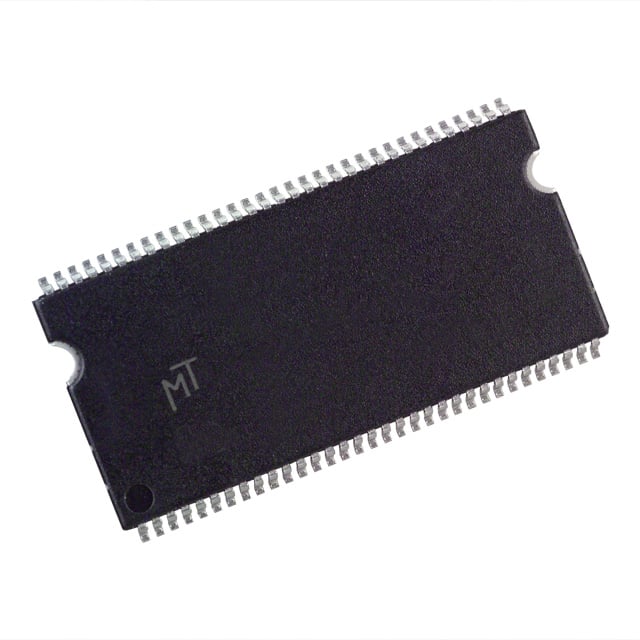Introduction to LPDDR2 Features of LPDDR2
 2022-02-16 12:42:10
2022-02-16 12:42:10  547
547The standard specification for LPDDR2, the second-generation low-power memory technology, was officially published by the JEDEC Solid-State Technology Association in December 2010. LPDDR12 is used in mobile products such as smartphones, mobile phones, PDAs, GPS units and portable game consoles. There are three main features:
(1) Compared with the previous standard (LPDDR), support for energy-saving technologies has been added. In terms of interface (I/O) and internal voltage and internal voltage, the original LPDDR was +1.8V, but this time LPDDR2 also supports +1.2V. Updating "Partial Array Self Refresh" and "Per-Bank Refresh" for partial memory arrays is also supported.
(2) Non-volatile memory (flash) and volatile memory (SDRAM) can share interfaces. This is the first time that flash memory and SDRAM can share an interface, reducing the number of pins on the controller and increasing the mounting density around the memory subsystem.
(3) Expanded supported memory capacity and functional range. The supported operating frequency is 100MHz~533MHz. The data bit widths are ×8, ×16, and ×32. There are 2 and 4 bits. The flash memory capacity is 64Mbit~32Gbit, and the DRAM is 64Mbit~8Gbit.








